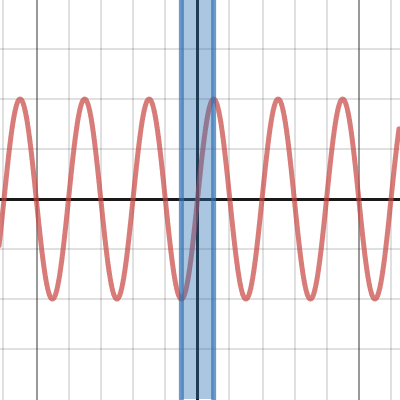harpazo
Full Member
- Joined
- Jan 31, 2013
- Messages
- 891
Is there a way to find the x-intercepts and the intervals where a given trig function is increasing WITHOUT graphing?
For example, find the x-intercepts and indicate the intervals where y = - 2 sin (2x) is increasing WITHOUT graphing. Is this possible?
For example, find the x-intercepts and indicate the intervals where y = - 2 sin (2x) is increasing WITHOUT graphing. Is this possible?

